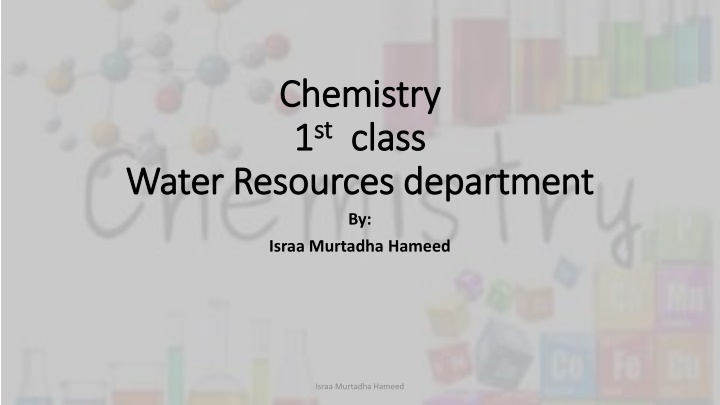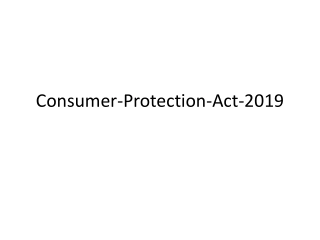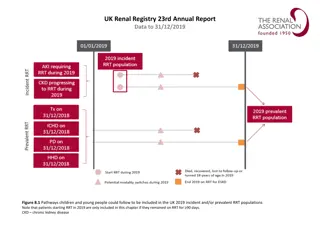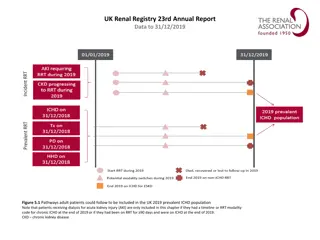
Chemistry: Atomic Structure, Periodic Table, and Chemical Equilibrium
Dive into the world of chemistry with topics like atomic structure, the periodic table, chemical bonds, and reactions kinetics. Explore the physical and chemical properties of water, types of solutions, colloid applications, corrosion mechanisms, environmental pollution chemistry, and polymer properties.
Download Presentation

Please find below an Image/Link to download the presentation.
The content on the website is provided AS IS for your information and personal use only. It may not be sold, licensed, or shared on other websites without obtaining consent from the author. If you encounter any issues during the download, it is possible that the publisher has removed the file from their server.
You are allowed to download the files provided on this website for personal or commercial use, subject to the condition that they are used lawfully. All files are the property of their respective owners.
The content on the website is provided AS IS for your information and personal use only. It may not be sold, licensed, or shared on other websites without obtaining consent from the author.
E N D
Presentation Transcript
Chemistry Chemistry 1 1st stclass class Water Resources department Water Resources department By: Israa Murtadha Hameed Israa Murtadha Hameed
syllabus syllabus Introduction (Atomic structure, periodic table, Chemical bonds). Physical and chemical properties of water. Types of solutions ( Different types of solutions, concentrations units). Chemical equilibrium and thermo chemistry. Reactions kinetics (rate of chemical reactions, order and molecularity of reactions, effect of temperature on reaction rate) Colloid and colloidal solutions (Classification, preparation, purification, application of colloids) Chemical corrosion(Introduction to chemical corrosion, corrosion of metals and alloys in dry and wet environments, mechanism of corrosion, atmospheric and soil corrosion and their protective measures) Chemistry of environmental pollution( Environment and its characteristics, chemistry of toxic metal and non-metal pollutants, analytical techniques used in the determination of pollutants, chemical concept of DO, DOD, COD and threshold odor number, chemistry involved in water treatment plants, quality of industrial waste water). Polymers (chemistry of polymerization, different types of polymers and their properties, polymer degradation). Israa Murtadha Hameed
Introduction Introduction Israa Murtadha Hameed
Atomic structure Atomic structure In order to understand the structure of materials and its correlation to property, we have to start form the basic element of matter The Atom An atom consists of a nucleus composed of protons and neutrons and electrons which encircle the nucleus. Protons and electrons have same and opposite charge of 1.6 x 10-19 C. Atomic number (Z) = Number protons = number of electrons. Atomic mass (A) = proton mass + neutron mass. Isotopes are the same element having different atomic masses. Number of protons in isotopes remains same while number of neutrons varies. Israa Murtadha Hameed
Atomic structure Atomic structure Atomic mass unit (amu) = 1/12 mass of Carbon 12 (12C) 1 mol of substance contains 6.023 x 1023(Avogadro s number) atoms or molecules. Atomic weight = 1 amu/atom (or molecule) = 1 g/mol = Wt. of 6.023 x 1023 atoms or molecules. For example, atomic weight of copper is 63.54 amu/atom or 63.54 g/mole Israa Murtadha Hameed
Atomic structure Israa Murtadha Hameed
Periodic table Periodic table Introduction Dmitri Mendeleev published the first periodic table in 1869. He showed that when the elements were ordered according to atomic weight, a pattern resulted where similar properties for elements recurred periodically. Based on the work of physicist Henry Moseley, the periodic table was reorganized on the basis of increasing atomic number rather than on atomic weight. The revised table could be used to predict the properties of elements that had yet to be discovered. Many of these predictions were later substantiated through experimentation. This led to the formulation of the periodic law, which states that the chemical properties of the elements are dependent on their atomic numbers. Israa Murtadha Hameed
Organization of the Periodic Table Organization of the Periodic Table The periodic table lists elements by atomic number, which is the number of protons in every atom of that element. Atoms of an atomic number may have varying numbers of neutrons (isotopes) and electrons (ions), yet remain the same chemical element. Elements in the periodic table are arranged in periods (rows) and groups (columns). Each of the seven periods is filled sequentially by atomic number. Groups include elements having the same electron configuration in their outer shell, which results in group elements sharing similar chemical properties. The electrons in the outer shell are termed valence electrons. Valence electrons determine the properties and chemical reactivity of the element and participate in chemical bonding. The Roman numerals found above each group specify the usual number of valence electrons. Israa Murtadha Hameed
This Periodic Table has several main objectives. 1) To distinguish between metals, non-metals, and semi-metals. Here, the metals are colored blue, the non-metals are colored yellow, and the semi-metals are colored orange. 2) To enumerate the eighteen groups. The eighteen groups are divided between the Main Group elements, groups I A through VIII A, and the Transition Metals, groups I B through VIII B. Note that group VIII B is actually comprised of three vertical columns. 3) To enumerate the seven periods which are the vertical column of numbers on the left hand side of the table. 4) To list the number of protons, or Z number, the average mass, or A number, and the chemical symbol. Israa Murtadha Hameed
How to read periodic table How to read periodic table The nucleus of the carbon atom is comprised of six protons and six neutrons for a total of twelve nucleons. A neutron has essentially the same mass as a proton so that each nucleon is assigned a mass of 1 amu. The mass of an electron is 1/1800 that of a nucleon, therefore it s mass is not significant. Israa Murtadha Hameed
what you should know about the Periodic Table what you should know about the Periodic Table The vertical columns are known as groups and are populated by elements with similar properties. The horizontal rows are known as periods and are populated by elements that increase by one proton for each position. Groups IA through VIIIA are known as the Main Group Elements. Groups IB through VIIIB are known as the Transition Elements. The Lanthanide and Actinide series are known as the Inner Transition Elements. Israa Murtadha Hameed
The color coordinated divisions on the Periodic Table represent the following. The blue entries are metals. Metals have a shine or metallic luster , conduct electricity, are malleable (hammered into sheets), and ductile (drawn into wire). The yellow entries are non-metals. Overall non-metals are the complete opposite of metals. They are poor conductors of heat and, with the exception of the graphite form of carbon, are poor conductors of electricity. The orange entries are semi-metals. Semi-metals properties lie between those of metals and nonmetals (as does their position on the periodic table). Silicon and germanium (semiconductors) are semi-metals Israa Murtadha Hameed
Chemical Bonding Types of Compounds At this level of instruction all possible chemical compounds will be divided into two major categories. These two categories are ionic compounds and molecular compounds. Ionic Compounds: Ionic compounds are those compounds that are bonded together by strong opposite ionic attractions. For example look at the common ionic compound sodium chloride, or ordinary table salt Here the strong positive charge of sodium (Na) is attracted to the strong negative charge of chlorine (Cl) in order to form the molecule sodium chloride (NaCl). One unit of charge, which is sometimes referred to as the elementary charge, is equal to 1.6 10-19 coulombs. Israa Murtadha Hameed
Molecular Compounds Molecular compounds are those compounds that are bonded together by the sharing of electrons. When a bond is formed by this sharing it is referred to as a covalent bond. For instance look at the common molecular compound water (H2O). Here the lines connecting the hydrogen atoms to the oxygen atom represent a covalent bond made up of two electrons. These two electrons are comprised of one electron from the hydrogen atom and one electron from the oxygen atom. They are being shared in the covalent bond Israa Murtadha Hameed
Molecular Compounds It should be noted that seven elements of the Periodic Table exist naturally as diatomic molecules. These compounds were listed under the molecular compounds section because they are molecular compounds. Each of these diatomic molecular compounds are covalently bonded. Israa Murtadha Hameed






















